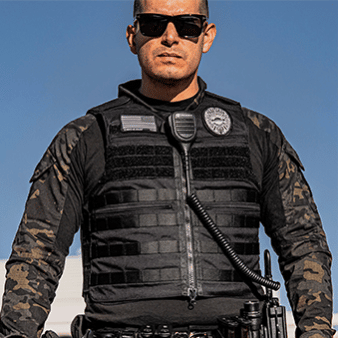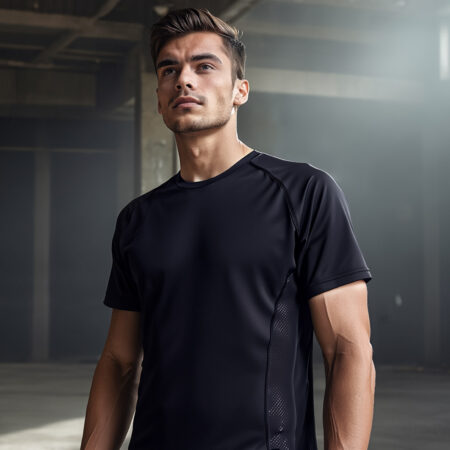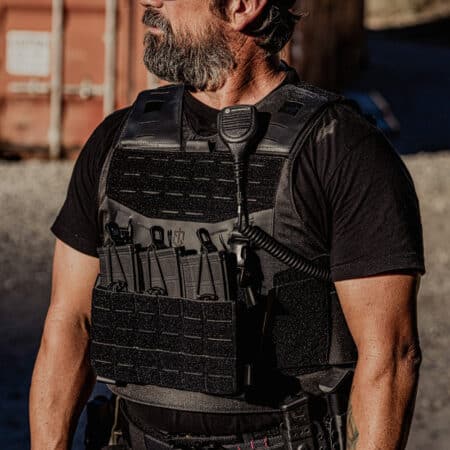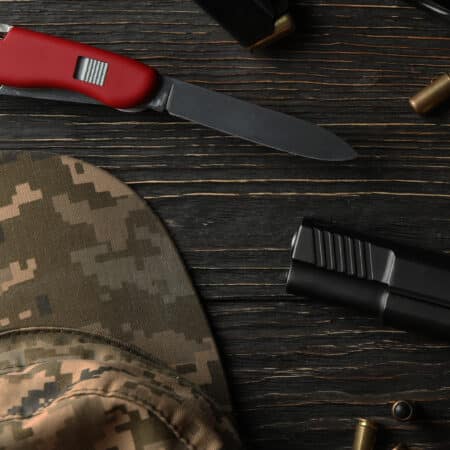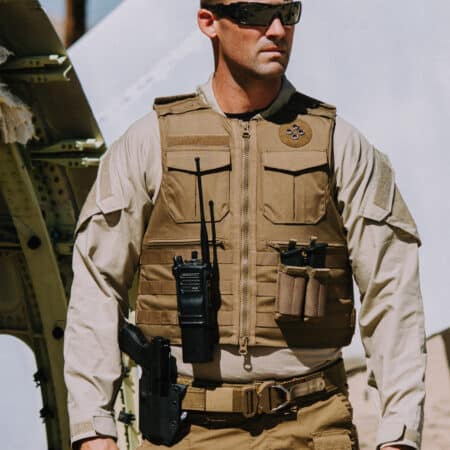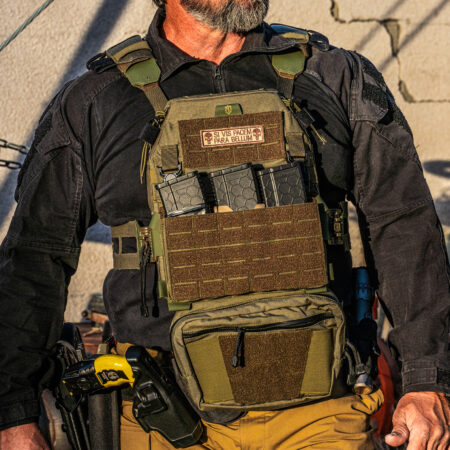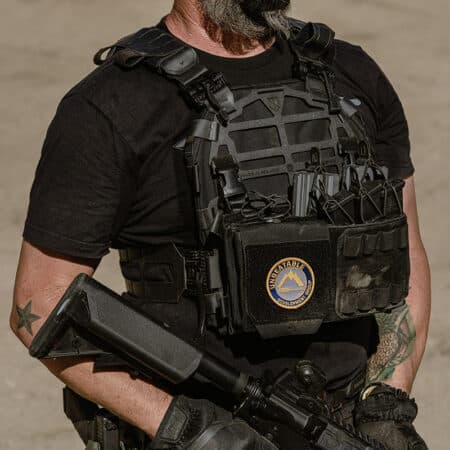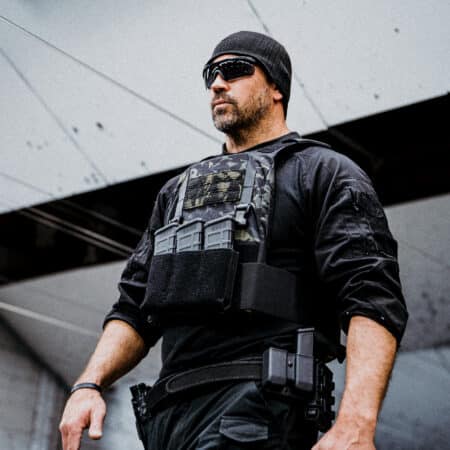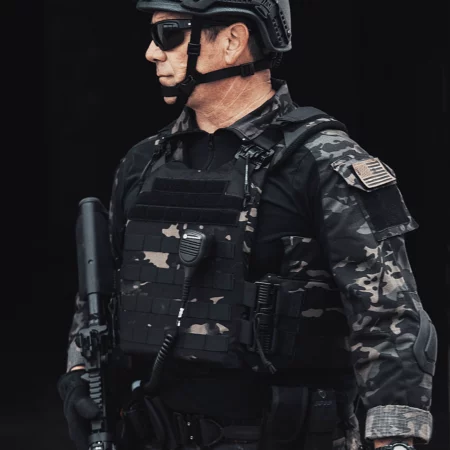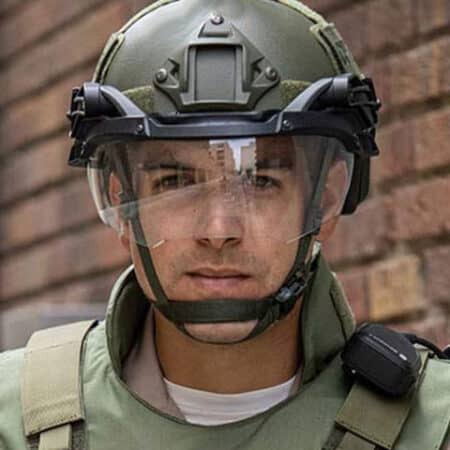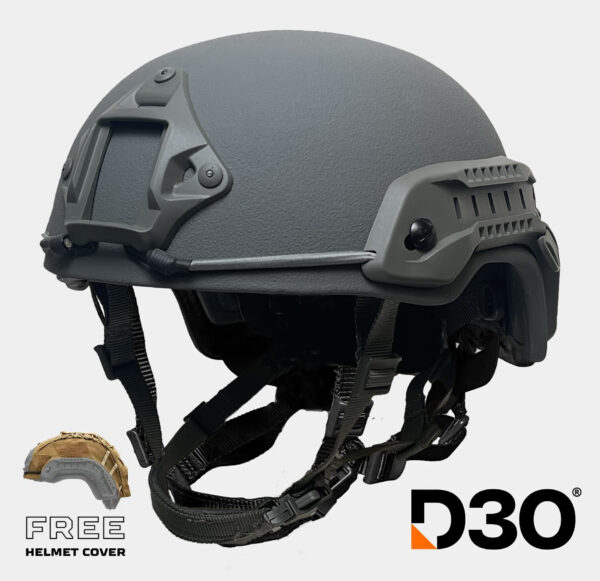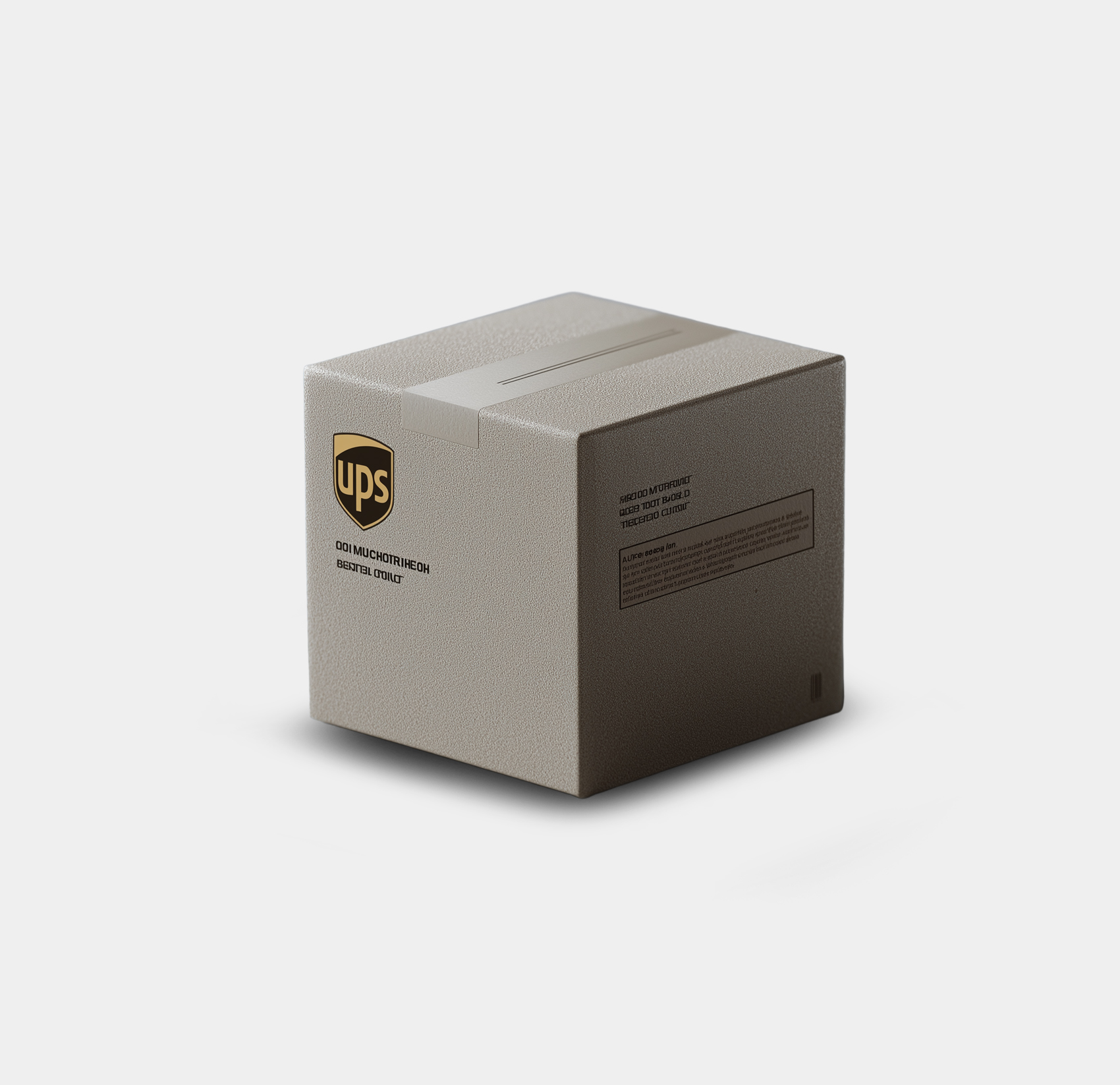Estimated reading time: 7 minutes
Helmets have been a part of military apparel and uniform for centuries, however, they have evolved quite significantly in the last century or so. Military helmets have come a long way from stopping rocks, and sword strikes, and are now designed to stop bullets. So, how did we arrive at the modern ballistic helmet?
These days, tactical helmets are an essential part of a soldier’s gear, and they have already saved countless lives in battle.
Over the years, The US military has used a variety of different tactical helmets, and the same kind of helmets eventually came to the civilian market as well. Starting from the Mark one back in world war I, there have been some impressive advancements in the design and construction of ballistic helmets, and we are going to talk about all the different kinds of helmets used by the US military and law enforcement agencies in this post.
So, read on to learn more.
Table of contents
Mark one or “Brodie helmet”
If we look back from the todays modern ballistic helmet, it all started with the Mark one. The United States Army issued helmets for the first time in 1917 when it entered into the first world war. The standard-issue helmets of the British military were adopted, known as the Mark one helmet, or more commonly “Brodie helmet”.
This helmet had a wide brim, like a hat, and was shallowly designed only to protect the head. It didn’t offer much protection against bullets, but protected soldiers from flying derbies and fragments from artillery.
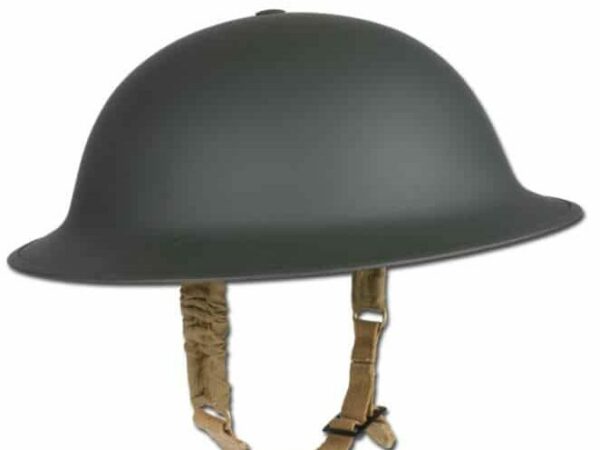
M1 Helmet
During the second world war, the Brodie helmet got a major upgrade and became the iconic M1 helmet. This helmet did not have a brim on the sides and had extended sides instead, that covered the sides of the soldier’s head as well.
Though this tactical helmet still wasn’t bulletproof, it did offer better protection against debris and shrapnel from artillery barrages as well. The helmet also had a more ergonomic fit and was more comfortable to wear.
Since there weren’t many improvements in bulletproof armor technology over the next couple of decades, the M1 helmet continued to be in service through the Korean War and Vietnam.
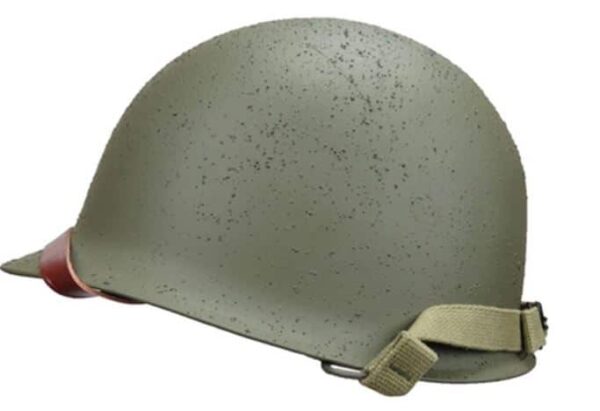
PASGT Tactical Helmet
The truly modern ballistic helmets came around after the discovery and evolution of Kevlar, and similar Aramid bulletproof fibers. The Personnel Armor System Ground Troops Helmet was developed in the late 70s and merged into the service with the US Army, and many other nations in the world in the 80s.
Made from Kevlar, these lightweight Ballistic helmets offered protection against handgun rounds. They offered protection comparable to level IIIa body armor, which is rated to stop handgun rounds up to a .44 magnum.
This high-quality combat helmet offered a perfect fit with its ergonomic design, the improved performance by protecting the sides of the head, down to the top of a soldier’s ear, and the back of their neck as well. The helmet also had pads on the inside for an improved fit and comfort, with straps to keep it in place.
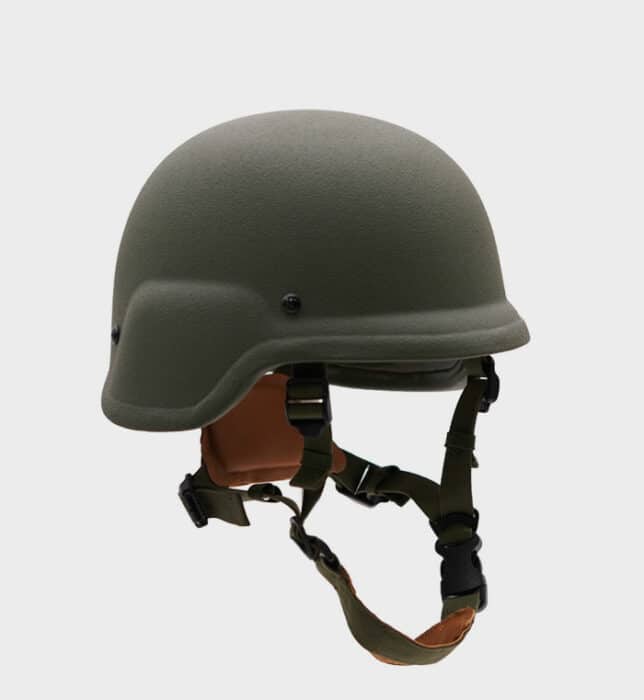
ACH Ballistic Helmet
The ACH or Advanced Combat Helmet replaced the PASGT in the early 2000s. It was developed by the Army Special Operations Command and was deployed with many US troops and units in 2003. The ACH is still in service today and the standard-issue helmet for troops in the US and many other NATO countries.
The ACH was lighter in weight as compared to the PASGT. It focused on modularity and attachment of helmet accessories as well. The standard ACH tactical helmet comes with pre-drilled bracket holes to mount Night Vision Goggles and other kinds of optics.
As far as design is concerned, the shape of the ACH tactical helmet was also a little different from its predecessor. Its sides were slightly higher and wider as well, to accommodate for communication devices, and the front shell trim was also eliminated to improve vision.
The ACH tactical helmet also features an improved 4-Point Retention and Pad Suspension System, which improves the overall fit of the helmet, and makes it more stable and comfortable.
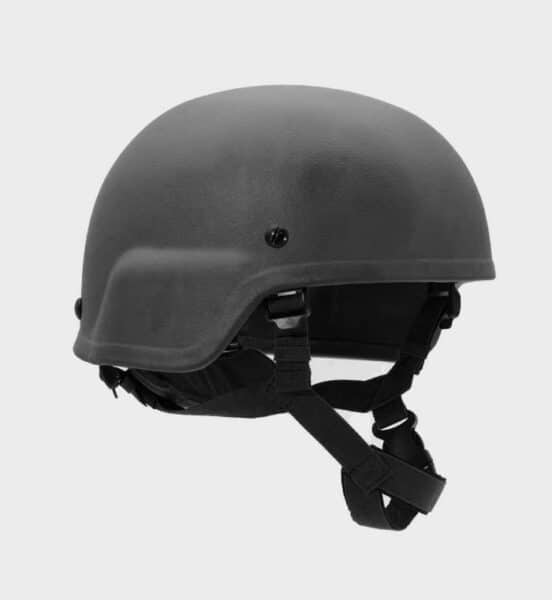
MICH Bump helmet
The MICH, Modular Integrated Communications helmet was also developed around the same time and had an identical shape and design to the ACH, however, they were non-ballistic bump helmets made for special units to help them carry NVGs and other communication equipment. These bump helmets were made of plastic and were lightweight, decreasing the stress on a soldier’s neck. The MICH bump helmet featured Picatinny rails on the sides to mound communication gear.
They aren’t as common as ACH tactical helmets, because of their lack of head protection. However, they are still used in certain situations.

FAST Tactical Helmet
A FAST (Future Assault Shell Technology) helmet is a modern ballistic helmet designed specifically for Special operation Forces and tactical law enforcement units. These high-quality helmets have a high-cut design on the sides, with an extended backside to protect the back of your head and the rear occipital bone.
The high-cut design eliminates any interference with load carrying capabilities and makes it easier to use communication devices, and hearing safety devices for civilians.
Along with the distinct shape of this tactical helmet, it is also recognizable because of the abundance of load suspension and retention points on it. This ballistic helmet has ARC rails similar to Picatinny rails on both sides, which enable users to mount different items like helmet lights and cameras. These helmets also have velcro straps on the top, which can also be used for attaching identification patches and other light helmet accessories.
You can get both ballistic and bump helmets in the FAST design, and they are generally made from Kevlar and offer level IIIa protection against high-velocity pistol caliber rounds.
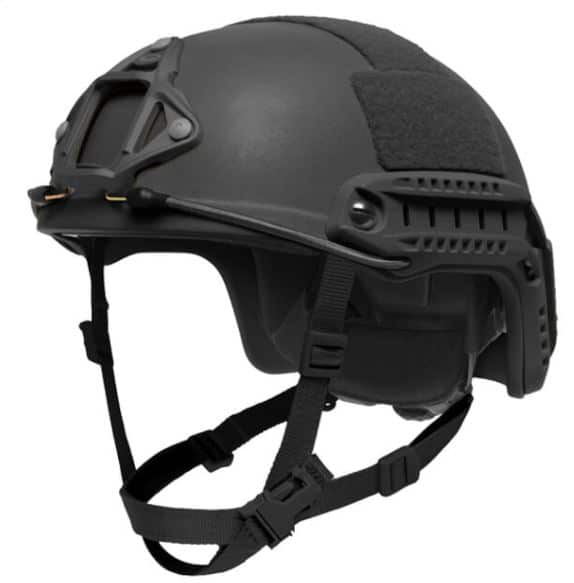
Ace Link Armor Special Mission Helmet
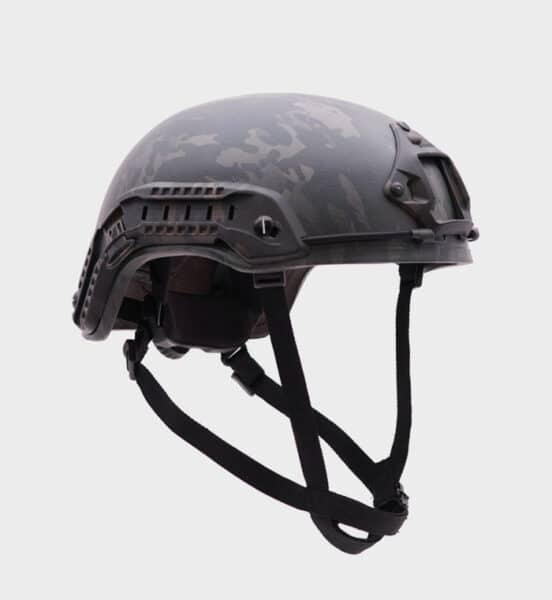
If you are looking for a high-quality modern ballistic helmet, the Ace link Armor Special Mission helmet is exactly what you are looking for. This aramid shell helmet is ideal for every customer. It has a high cut design and offers level IIIa safety, to protect their head against pistol calibers up to a .44 magnum.
The pads inside the helmet increase customer comfort and ensure a snug fit as well. As far as compatibility is concerned, the Ace Link Armor Special Mission helmet has a useful front shroud to mount optics and NVGs, and it also features side rails for attaching other helmet accessories like a communication headset.


